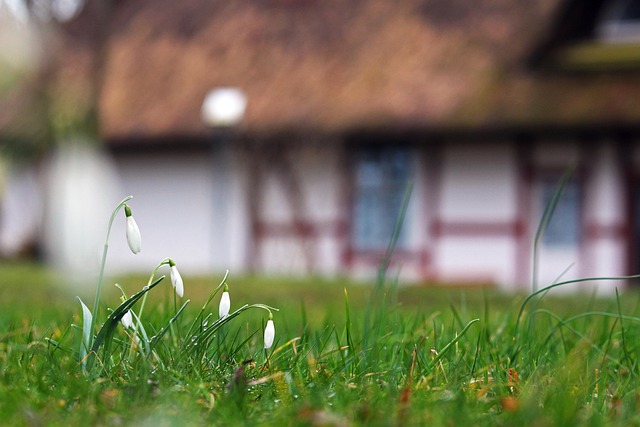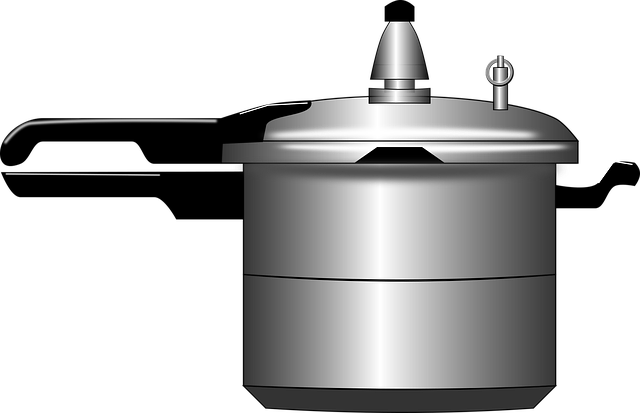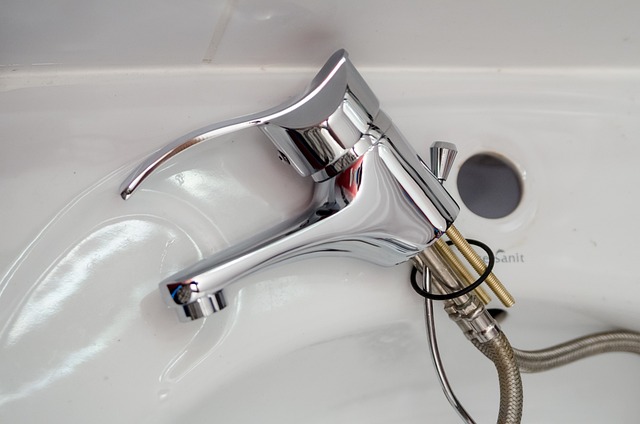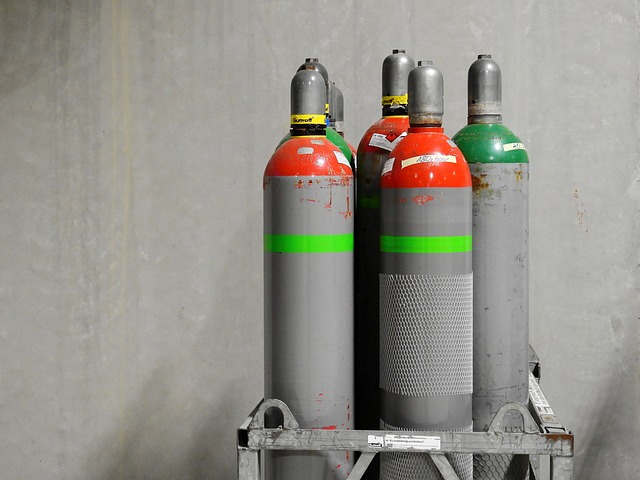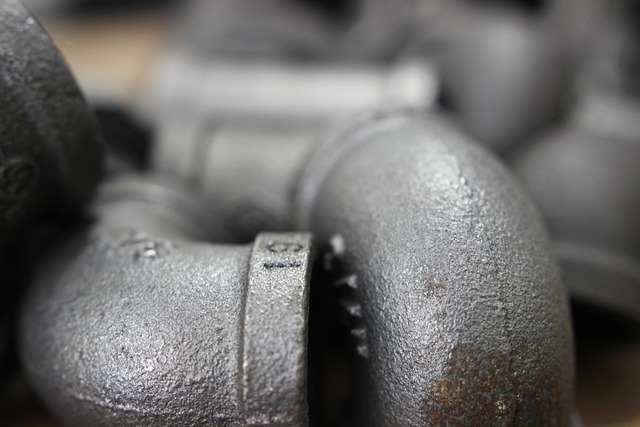Plumbing systems over 20 years old are prone to persistent leaks, corrosion, and reduced water pressure due to material degradation, poor installation, or outdated components. Regular maintenance, including leak detection and timely repairs, is crucial to extend system lifespan and prevent severe damage. Neglecting these issues can lead to costly renovations, increased utility bills, and potential health risks associated with old materials like lead pipes. Proactive care, such as inspections, insulation, and descaling, ensures optimal efficiency, mitigates persistent leaks, and safeguards against structural damage caused by water waste.
In many homes, plumbing systems age silently, working tirelessly behind the scenes. After 20 years, these networks of pipes, fittings, and fixtures can face significant challenges. This article delves into the intricacies of understanding and maintaining older plumbing systems, focusing on common issues like persistent leaks—a telltale sign of wear and tear. We’ll explore signs, causes, and renovation tips, providing essential insights for proactive maintenance and efficient, long-lasting service.
- Understanding Plumbing Systems and Their Lifespans
- Common Issues in Older Plumbing Systems
- Identifying Persistent Leaks: Signs and Causes
- The Impact of Age on Plumbing Efficiency
- Renovating Old Plumbing: What to Expect
- Preventive Measures for Maintaining Older Plumbing Systems
Understanding Plumbing Systems and Their Lifespans
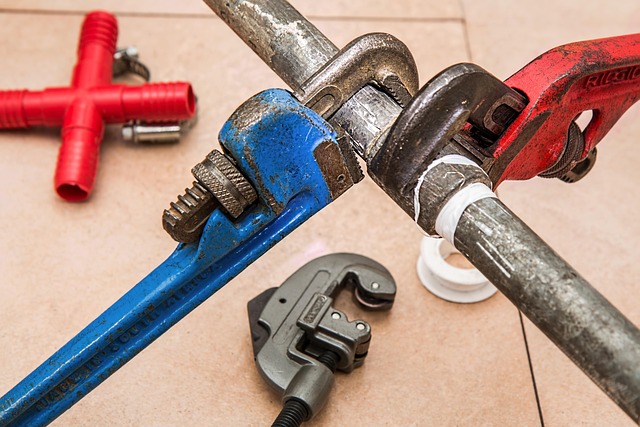
Plumbing systems, like any other infrastructure, have an expected lifespan. Understanding this is crucial for homeowners and property managers. Over time, components such as pipes, fixtures, and appliances can degrade, leading to persistent leaks or even total failure. It’s important to note that a system’s longevity isn’t just about material quality; installation methods, maintenance schedules, and water pressure also play significant roles.
In a plumbing system over 20 years old, signs of wear and tear become more apparent. Older pipes might show corrosion or cracks, while joints may have loosened or failed. Regular checks for subtle leaks and prompt repairs can extend the life of these systems. Homeowners should be vigilant about monitoring water bills and checking for unusual noises, which could indicate problems that require professional attention.
Common Issues in Older Plumbing Systems
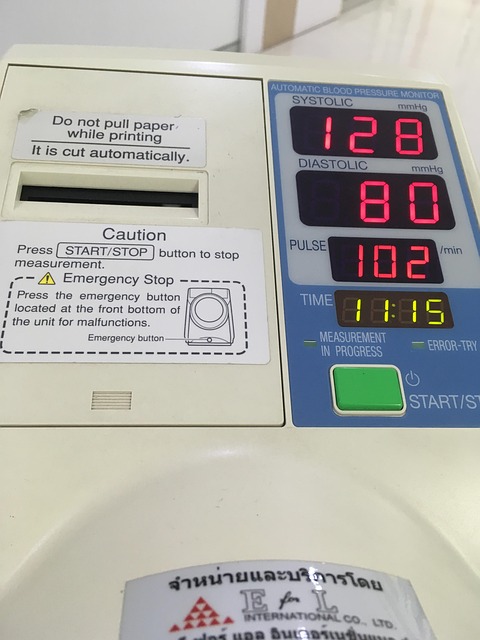
Older plumbing systems, especially those over 20 years old, often face a range of issues that can cause significant headaches for homeowners. One of the most common problems is persistent leaks, which can result from corroded pipes, faulty fittings, or worn-out seals. These leaks not only waste precious water but also contribute to higher utility bills and potential damage to property. Over time, pipes may become narrowed due to mineral buildup, reducing water flow and potentially causing low water pressure throughout the home.
Additionally, older plumbing systems might utilize outdated materials and designs that are no longer considered safe or efficient. Lead pipes, for instance, were commonly used in the past but have since been banned due to their harmful health effects. Old fixtures and appliances may also be less energy-efficient, exacerbating water wastage. Regular maintenance is crucial to address these issues early on, preventing more severe problems down the line that could require costly repairs or even full system replacements.
Identifying Persistent Leaks: Signs and Causes
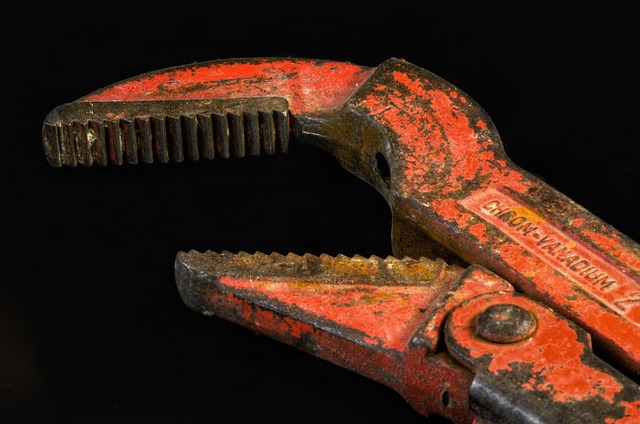
Persistent leaks in a plumbing system over 20 years old are a common issue that often goes unnoticed until significant damage occurs. Identifying these leaks early is crucial to prevent substantial water waste and costly repairs. Some subtle signs indicate a persistent leak, such as small water stains on walls or ceilings, dampness in basements or crawl spaces, and consistently running faucets or toilets.
The causes of persistent leaks can be varied, ranging from corroded pipes, worn-out gaskets, and faulty fittings to tree roots intruding into pipes. Over time, these issues weaken the plumbing infrastructure, leading to continuous seepage. Regular maintenance and inspection are essential to detect and address such leaks before they escalate, ensuring a more efficient and durable plumbing system.
The Impact of Age on Plumbing Efficiency
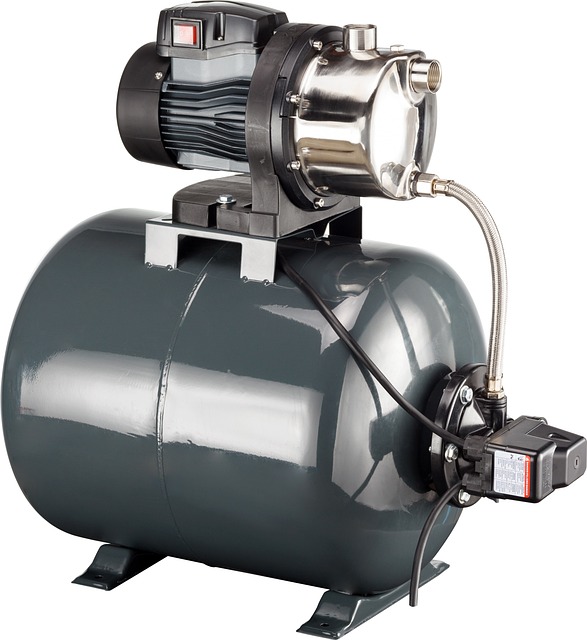
Plumbing systems that have reached their 20-year mark often face efficiency challenges due to age-related issues. Over time, pipes can degrade, corrode, or become blocked, leading to potential problems like persistent leaks and reduced water pressure. These issues not only affect the performance of the plumbing system but also contribute to an unnecessary waste of water and increased energy bills.
The aging process can cause pipelines to lose their structural integrity, making them more susceptible to bursts or clogs. Persistent leaks, in particular, are a common concern for older plumbing systems. Even what might seem like minor leaks can lead to significant water wastage over time. Regular maintenance becomes crucial to address these problems early on, ensuring the longevity and optimal efficiency of the plumbing system.
Renovating Old Plumbing: What to Expect

Renovating old plumbing systems can be a necessary step for homeowners with properties dating back more than two decades. Over time, pipes, fittings, and fixtures can degrade, leading to persistent leaks that not only waste water but also drive up utility bills. If your home’s plumbing is showing its age, expect a thorough inspection to identify these issues. This process involves assessing the condition of every component, from pipes and valves to sinks, showers, and toilets.
Once identified, repairs or replacements are made using updated materials designed to be more efficient and durable. Addressing persistent leaks early can prevent further damage to your home’s structure and reduce the risk of mold growth. It’s crucial to work with experienced professionals who understand the intricacies of older plumbing systems, ensuring that any renovations are done correctly and meet modern safety standards.
Preventive Measures for Maintaining Older Plumbing Systems
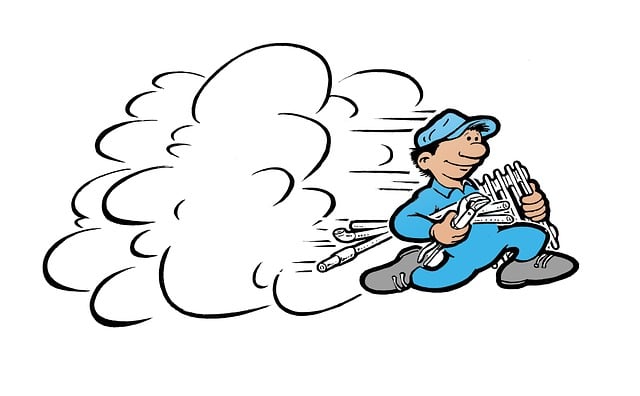
Maintaining a plumbing system that’s over two decades old requires proactive measures to prevent costly repairs and disruptions. Regular inspections are crucial; checking for signs of corrosion, rust, or damage in pipes, fittings, and fixtures can help identify potential issues early on. Addressing persistent leaks promptly is essential; even small drips can lead to significant water waste and structural damage over time.
Implementing preventive maintenance routines includes insulating pipes against extreme temperatures, which can cause them to expand or contract and ultimately fail. Keeping drain lines clear of debris and using plumbing chemicals for descaling and disinfection can also prolong the life of older systems. Regular flushing and maintenance of water heaters, along with checking for low water pressure, ensures optimal performance and prevents sudden failures.







